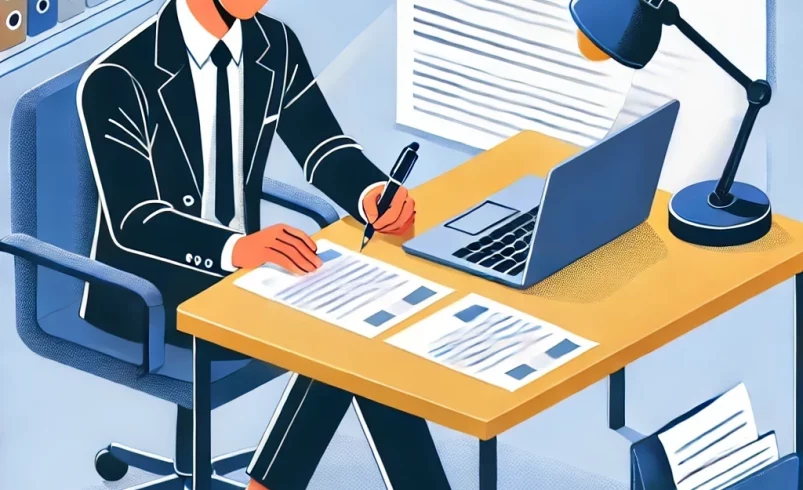
What Are the Steps For Writing a Grant?
Writing an effective grant begins long before you hit the keyboard and start typing. You must do your due diligence to determine whether the specific grant is right for your organization, why you’re making this request, the amount of funding to request, how that funding will be used and the impact you expect the grant will have. You also want to make sure you’ll be able to meet any reporting requirements if funded – and you have a system in place to capture that report deadline. All of this boils down to five essential grant writing steps.
1. Start with Grant Research
A good grant starts with good research – both funder research and scholarly research. Before you select a grant to apply for, make sure you understand the funder’s priorities, requirements, limitations, giving history and any other available insight. Once you’re confident your mission aligns with the funder’s, take the time to compile relevant scholarly research that demonstrates the need for your programs and services, how your organization’s efforts make an effective difference, and how your work furthers the funder’s priorities. (Look for an upcoming blog that specifically addresses grant research.)
2. Lay the Groundwork for the Grant
For an efficient grant writing experience, do a “brain dump” of important information about your organization, including your mission, history and core programs, and why the community needs your services. Meet with relevant parties in your organization to get an accurate picture of how programs operate, what the organization is hoping to achieve, the population you serve, how many people you’ll serve, etc.
In this phase, you’ll also gather your attachments. Common required attachments are:
- Organization budget*
- IRS determination letter*
- Board of directors list*
- Program budget (if applicable)
- Up-to-date financial statements
This is a perfect opportunity to use our grant essentials template, where you can plug in commonly requested information about your organization and mission and keep important information in one location. The template includes a list of common attachments.
*These attachments are the most critical. Include them when a grant doesn’t ask for attachments and when sending Letters of Intent (LOIs). They help build your reputation with the funder, show you’re a 501(c)(3) organization, and demonstrate your current affiliations and involvement.
3. Write the Grant Proposal
It’s finally time to write the grant! The key here, as in any phase, is to follow directions. Make sure to read each question thoroughly and answer every component. Some funders have a list of sub-questions for each main question. Be mindful not to skip any required details, and be sure to take a professional approach to your writing style and tone. Then, once you think you’re finished, go back for a final review and edit before finalizing and submitting the proposal.
See our blog: How Do You Structure a Grant?
Grant Writing Tip: There’s no denying that grant application questions can get complex. It’s helpful to have a professional grant writer on your team to tap for expertise. However, if you don’t have this resource, consider outsourcing to a grant writing agency like ours. We can help alleviate some of the overwhelm and simplify the process, and we offer varying levels of support to suit your needs.
4. Report on Grant Use and Effectiveness
Congratulations – you’ve been awarded a grant! In this scenario, each funder will have different reporting requirements – from none to quarterly. When you receive the award letter, be sure to note any details and instructions related to reporting. Make sure you have a plan in place to track and obtain information on the results you expect, so you’re able to report accordingly when the time comes. From there, once again, simply follow the reporting instructions.
5. Streamline Grant Project Management
Project management is pivotal to the grant writing process. It’s how you’ll keep track of everything from A to Z so nothing falls through the cracks, such as meeting due dates and required reporting. Project management for grant writing involves:
- Keeping track of pertinent grant information, such as due dates or funder board meeting dates, rules around applying for successive years, key contacts, relevant communications and more.
- Staying on top of deadlines for LOIs, proposals and reports.
- Signing up for listservs to ensure you receive information when it comes out, especially when a funder’s due dates and priorities change from one grant period to another.
- Managing scholarly research development to fuel your case for support.
- Keeping an eye out for new opportunities and any changes with funders, such as a change in priorities, requirements, limitations and funding amounts.
This is one area where nonprofits can struggle because they have limited capacity or they’re caught up in the busy day-to-day of accomplishing their mission. One of the reasons nonprofits appreciate working with a grant writing agency like ours is that we help them stay on track, managing their grant calendar and keeping track of information so they can make their deadlines and stay in-the-know about upcoming opportunities.
Jump back to our Grant Writing Essentials Guide for more tips and best practices.
L Professional Writing is a professional grant writing agency in the Pikes Peak region. We have extensive grant writing expertise and knowledge of funders in our region and beyond. Contact us at contact@lprowriting.com for a one-hour fit call/consultation.




